Rail Excursion Management Co. has acquired three Amfleet cars, becoming the first private owner of the first cars built for Amtrak after its inception in 1971. The two coaches and a café car, built by the Budd Co. between 1975 and 1977, are of a type that remains a backbone of Amtrak’s equipment fleet.
The history and importance of these cars cannot be overstated, says Railexco CEO Adam Auxier: “These are the cars we grew up riding, but more importantly these cars represent a sea change in American passenger railroading. We’re proud to showcase these cars as examples of the next generation of living, rolling railroad history.”
The cars will be moved from an Amtrak facility on the east coast, and drafted into service almost immediately at a midwestern tourist railroad, the company says.
Budd built a total of 642 Amfleet cars, based on shell of the Metroliner electric multiple unit it built for use on the Northeast Corridor by Penn Central and Amtrak, in two orders. There were 492 cars in the initial order; the remainder came in the Amfleet II order completed in 1983.





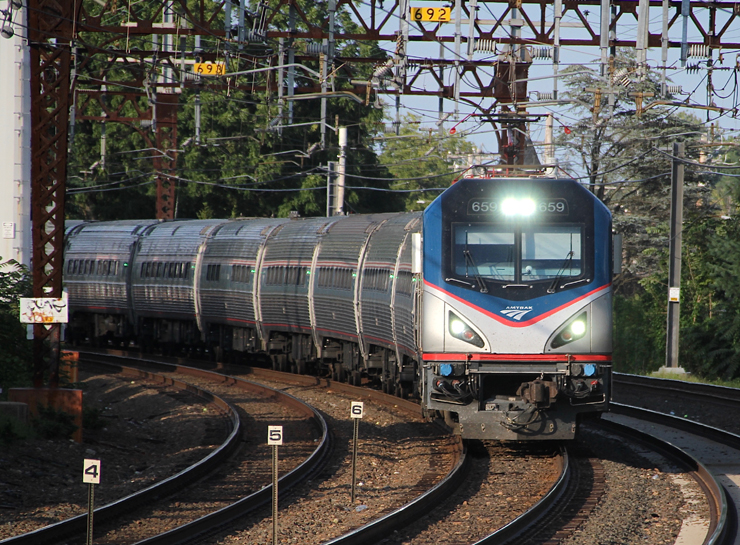

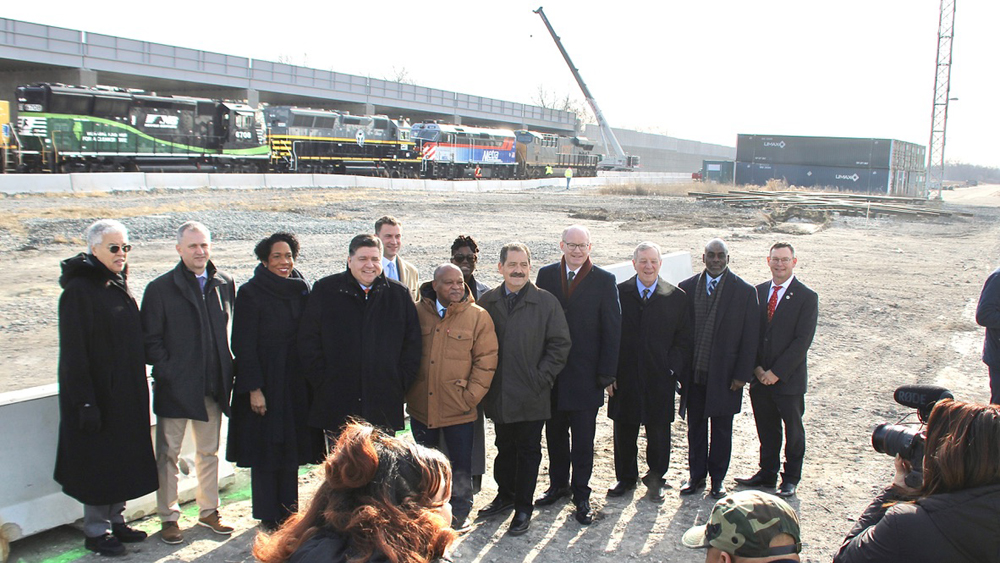
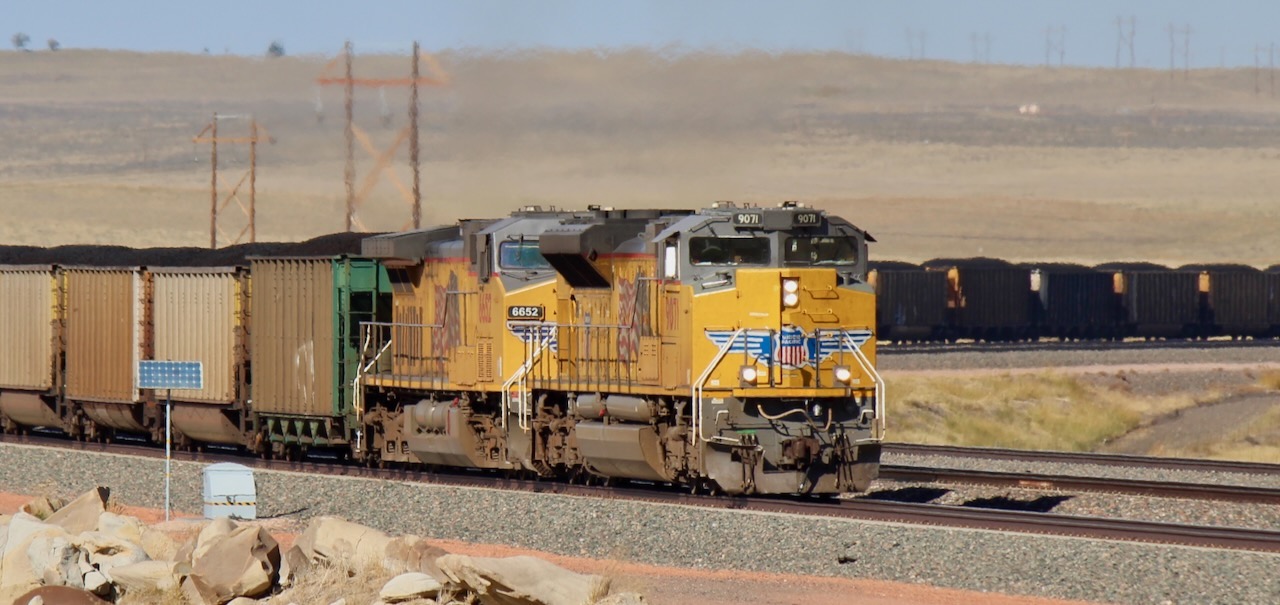
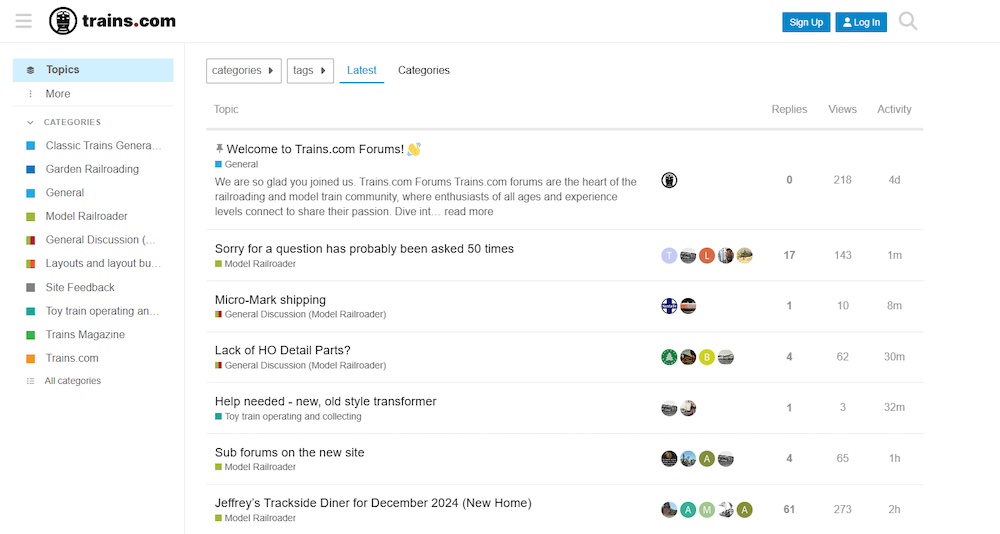
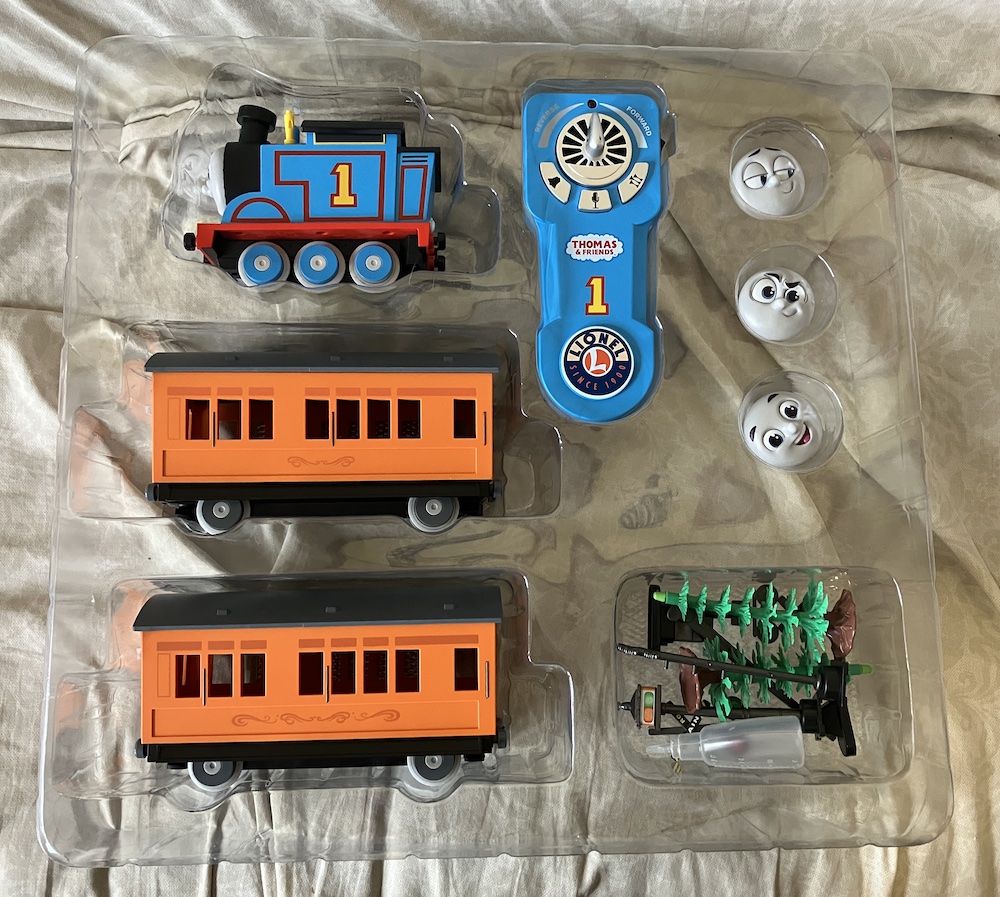




I have a vivid memory of riding in an ex Amtrak amfleet car while on a rainy fall foliage ride from St Johnsbury to Greensboro Bend, Vermont, and back sometime in the late 1980s. The long gone (tracks and all) Lamoille Valley Railroad. The car was used as a snack car, with the center counter as is stil the case today. So I was confused about the comment that these are the first amfleet cars moving to private ownership…
Does anyone know the road numbers of the Amfleets they bought?
Small windows on Metroliners: there was fear that windows would be sucked out of two trains passing both doing 125 mph.
From what I have been told, is the amfleet cars platform height is not the same as the other cars, so they have to put out extra steps at every stop. And, George, the “cabbage” cars are not a de-rated engine. The engine and motors are removed, for the baggage storage area, and for maintance. The fuel tanks are left on, but filled with cement for stability, because it drops the center of gravity.
And so the slow process of privatizing Amtrak and splitting it between multiple operators (hopefully) begins.
Both the line from New Haven to Springfield, and the Downeaster have been asking for cars. We need to know why these were sold off? Some special reason not explained in the article?
Total elapsed time between major end points is crucial to increased ridership. The Empire service is successful because the total run is 2 hours thirty five minutes. If the San Diegans could make the run to Los Angeles in two and a half hours ridership would increase. With the new trackwork at LAUPT a few more minutes would be caved, compounding the benefit. Simply focusing on the six minutes saved is myopic.
I’m with Mr. Pins on this. But, what is the weight difference? Might really add up.
Amtrak’s Amfleet cars and Superliners are now older than the Heritage lightweight cars they replaced. When I was a small child, a railway passenger car over thirty years old would be a 12-wheeled heavyweight clerestoried car older than my mother.
Why is the destination a secret? I;d like to know so I can scratch the line off my list.
Was unaware Amfleets were being retired. Their replacements (albeit only Midwest replacements(Siemens cars)) haven’t even arrived yet.
The story is silent on why these examples of the “backbone of the fleet” are no longer so. Apparently not wreck damage, if they’re going back into service “almost immediately.” What’s going on? Moving from fact to opinion, this “next generation of living, rolling railroad history,” to me, with their tiny windows and silly attempt to look like an airplane fuselage, thus forever ruining the esthetics of a train with any other equipment in the consist, was to be avoided, if possible. I will put the ride qualities of Amfleet up against a heavyweight P70fbr any day, but who cares?
Prior to Covid19 Amtrak was crying that they were short of equipment. So where did these cars come from, how were they sold, and how much money did Amtrak get for them.
Charles actually the tiny windows go back to the original Metroliner cars ordered by the PRR. The Amfleet cars are based on that design as the tooling was already available and ready to build the cars. I think one of the original reason for the small windows was that they made small targets for vandals throwing projectiles at trains as was prevalent in the 60’s.
Represented!! It should read! Theyre the last American Company built cars for Amtrak right? Im not sure on this, but……Just cuz they (siemens) biuld cars in California, DONT mean its American! Just ask first generation Americans that.
GEORGE – The tiny windows were from Amfleet One, which we Midwesterners bequeathed to you for service in your area. Amfleet II here in Midwest has the same windows as Horizon. Come visit any time! PARAGRAPH: Aesthetics, yuck. Here in Midwest we have snow. One of the two (I can never remember which), Amfleet Two or Horizon, is worse in the snow at the vestibule end. So every train is a sandwich with the more snow-resident car at each end and the other species in the middle. So every Midwestern train looks like garbage. To say nothing of a new Seimens locomotive at the outbound (from Chicago) end and a “cabbage” de-rated locomotive at the inbound end. You couldn’t dream of an uglier train. PARAGRAPH: The late 1960’s CNR Tempo Cars must have weighed as much as a sack of feathers the way the trailing car whipsawed. Fortunately for the Canadians most of the passengers were from Michigan, boarding at Windsor Walkerville.
During the early part of the last century (1910-1925), builders used weight to smooth out the ride of passenger cars. The disadvantage was it tore up poorly maintained track of you ran trains at speed.
An Amfleet Car weighs 106,000-113,000 lbs. A 1952 PRR Budd P85h “Congo” coach weighed 125,200 lbs as built (steam heat, battery A/C.) A 1927 (rebuilt post-WWII) standardweight P70fbr weighs 155,900 lbs.